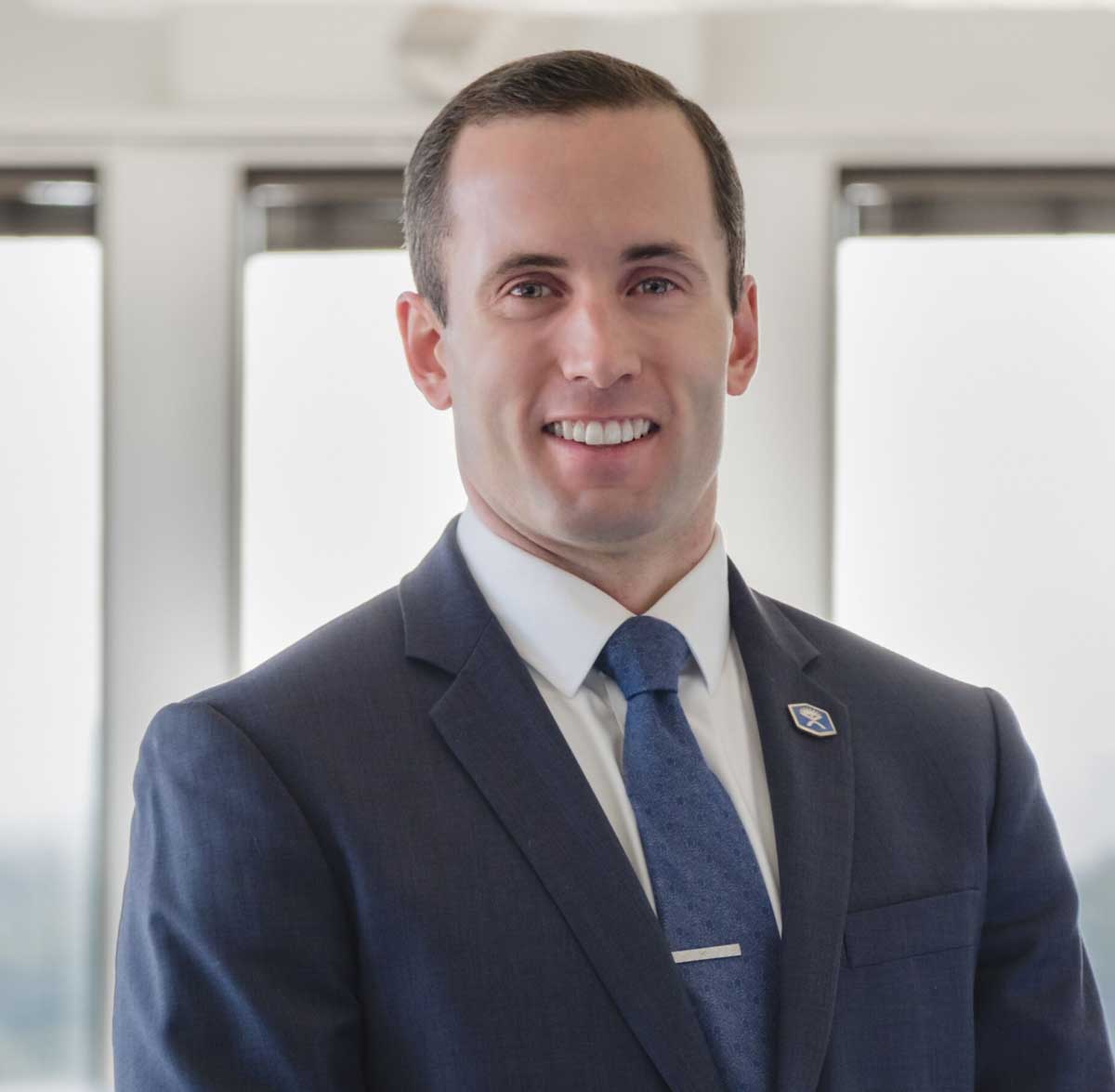Physical Therapy is a Team Effort

How do you make medical decisions? Do you have a plan? If you do, how do you come up with that plan? Does the clinician – a physical therapist or doctor – make all the decisions or is it a team effort?
Building a treatment plan of care is challenging for both patients and clinicians. It is a combination of art and science. Patients and clinicians must each consider a variety of factors. This is a joint decision, but the patient’s goals are the priority.
Throughout physical therapy school, I was taught how to build a plan. I learned various tests and measures and what they indicated. In theory, this knowledge would allow me to effectively diagnose and treat any condition. Knowing how to apply a test and what to do with the information is very different.
As my career has progressed, my understanding of what to do with information has evolved. The common missing link is the involvement of the patient. Too often, there is an information gap between providers and patients.
How can we close the gap and help you get the most out of treatment?
It is impossible to build a plan in a single visit
I don’t care how skilled a clinician is or how well the patient explains the situation, information is missed after a single visit.
The saying ‘no plan survives contact with the enemy’ applies to more than warfare.
We can consider the reason for receiving treatment as the enemy. Our bodies are wonderfully adaptive. They are also frustratingly complex and unpredictable.
Building a strong plan of care requires frequent adjustments. It requires tinkering and figuring out what works best for the patient. No two bodies are the same. No two sets of life experiences are the same either. We are all unique and we will all respond differently to treatment in some way.
Clinicians must consider all of the following:
- Goals, history, vitals, comorbidities, strength, mobility, functional capacity, endurance, power, motor control, understanding of pain, mood, diet, exercise and sleep habits, social support.
I likely missed a couple of valuable insights that can be gathered. Think back on your last appointment with a physical therapist or primary care physician. How many of those items were checked?
If a clinician is not focused on your goals, there is a problem. They need to learn about all the factors that contribute to a patient’s concerns.
A recent study looked at the intricacies of what a clinician needs to pick up on during an evaluation. Here is the list of behaviors related to pain:
- Pain catastrophizing,
- Pain-related anxiety
- Negative mood,
- Fear of movement
- Pain expectations
- Negative/low expectation of recovery
- Poor pain-coping
- Poor understanding of pain science
- Facial expressions (eg, grimacing or wincing)
- Guarded posture (eg, keeping the back straight while lifting)
- Discordance between reported behaviors (by the patient) and observed behaviors (by the clinician)
All of these cannot be assessed in one visit, and these only pertain to pain.
So what can clinicians and patients do? How do we make sure all the needed information is gathered to ensure the best plan of care is developed? Here are some solutions.
Teams don’t withhold information
If you think the information is relevant, then share it.
This may occur over multiple visits. Understand the reverse is true.
Clinicians may ask you for information that you think is irrelevant. A physical therapist may address your low back pain by asking about your diet and sleep and assessing your foot and ankle. Clinicians treat the person, not the individual condition. There are many potential causes of pain and injury. Only assessing the area that hurts can be misleading.
This does not mean the patient should be left in the dark.
Ask the clinician why they are performing certain tests and treatments. Come to a mutual understanding. Being on the same page is vital for good, quality care and outcomes.
Be warry of decisions with only one day of information

Peter Attia is a physician best known for his podcast The Drive. He earned his MD from Stanford University and a BSc in mechanical engineering and applied mathematics from Queen’s University in Kingston, Ontario. He completed his residency in general surgery at the John Hopkins Hospital and conducted research at the National Cancer Institute.
He’s smart.
Additionally, he is a former ultra-endurance athlete and he is obsessed with maximizing human performance and longevity. Despite all his experience with treating and performance, his in-depth analysis and portrayal of research, and the wealth of knowledge he has received from his podcast guests (the interviews are in-depth, 90–120 minutes, and with top-level researchers), he still cautions against the danger of making evaluations with a single snapshot of information, regardless of the amount of information you received.
Here is a quote from when he was a guest on the Tim Ferris Show (transcribed from Tools of Titans):
“I’ve always been hesitant to treat a patient for any snapshot, no matter how bad it looks. For example, I saw a guy recently whose morning cortisol level was something like 5 times the normal level. So, you might think, wow, this guy’s got an adrenal tumor, right? But a little follow-up question and I realized that at 3 a.m. that morning, a few hours before this blood draw, the water heater blew up in his house. The normal level of morning cortisol assumes a guy sleeps through the night. He had to de-flood his house.”
Cortisol levels are not the only changes you would see following an early morning of de-flooding. While this may be an extreme circumstance, it certainly isn’t the only contextual driver that may impact someone’s presentation. Here are some other examples:
- Low return-to-work expectations
- Low job satisfaction
- Perception of heavy work
- High job stress
- High occupational demands
- Job flexibility (nonmodifiable work or hours)
- Employer policies regarding return to work are limited or restrictive
- Poor attitudes of an employer, family, or health care professionals
- Low or no access to care
- Communication barriers
If you recently endured a rough break-up, chances are the treatment session later that day will an afterthought. If you attend, you will be frustrated and on edge or apathetic with your mind elsewhere.
You may present to a physical therapy visit at 5 pm differently than 8 am, especially if you are not a morning person. Your pain level, goals, willingness to share relevant information, and performance on tests and measures will differ.
Do you want an entire plan based on a single snapshot that may not be representative of most days?
“Without revision, there can be no improvement.”
This maxim is from the book Superforecasting by Philip Tetlock and Dan Gardner. It is a fascinating book delving into the art of forecasting. It is remarkably applicable to healthcare.
The more small changes we make to a plan, the more accurate it will become. This means the plan you set on day one with your provider is not set in stone.
As more information is gathered, changes are made. The information may be how you respond to exercise, a fact about your past medical history you forgot to mention, or new techniques the clinician practiced. New research may come to light during the plan. You may change your goals based on the response to treatment.
There are many different reasons for altering a plan. The key is you must be willing to change.
Beware of anchors
The anchoring effect is when we cling to the first information we hear. It is common in negotiation. The first number proposed sets the expectation future numbers center around. In healthcare, expectations often relate to timelines.
If you are told the treatment will take 2 weeks and 6 weeks later you are still hurting, you are more frustrated than if you were originally told it would take 7 weeks.
The best way to protect ourselves against anchors is to constantly re-evaluate the situation.
Keep updating the plan with your physical therapist or doctor. They should always have a plan. The plan may change, but at least they have one. Any clinician who does not have a plan or who is unwilling to share it with you has no business treating you.
This is a team effort.
Find a clinician that embraces the team and multi-disciplinary approach as well. Seeking external feedback improves predictability and plan of care development. We all have our own biases and experiences. This is why second and third opinions are powerful.
If you are uncomfortable with a treatment approach, seek out other opinions or ask the provider to seek them out.
Don’t let fancy credentials blind you
Experts working alone are prone to error.
In his book Range, David Epstein explains the dangers of over-reliance on specialization. Through reviewing mounds of evidence and cases, he concluded that highly credentialed experts are at risk of becoming too narrow-minded. This can lead to a worsening of outcomes as experience and confidence increase.
Both Epstein and Tetlock assessed the accuracy of forecasts made by experts and they both came to similar conclusions; the results are disappointing.
When experts declared that some future event was impossible or nearly impossible, it nonetheless occurred 15% of the time. When it was declared a sure thing, it failed to transpire more the 25% of the time. Taking it a step further, Tetlock was put on the map with his study that concluded the average expert was roughly as accurate as a dart-throwing chimpanzee. Here is a summary of the study provided by Tetlock in Superforcasting:
“A researcher gathered a big group of experts — academics, pundits, and the like — to make thousands of predictions about the economy, stocks, elections, wars, and other issues of the day. Time passed, and when the researcher checked the accuracy of the predictions, he found that the average expert did about as well as random guessing.”
The dart-throwing chimpanzee was added to spice up the conclusion and add a little humor. It worked! The New York Times, the Wall Street Journal, the Financial Times, and the Economist gobbled up the story
As you can imagine, many experts did not take kindly to this assessment and fired back. However, through mounds of data and follow-up assessment, the data is pretty clear. Expertise alone does not improve predictability over random chance.
I am not saying expertise is bad. The additional training can be useful. But experts are not infallible. All clinicians should be open-minded and practice extreme curiosity. Don’t hold back in demanding a team approach.
Build your team
Find additional opinions, talk through the reasons why a treatment is being suggested, understand the risks and benefits, and agree on the approach. What a provider needs from you is commitment. Once a decision is made, commit to it until a course correction is needed.
Taking a team approach to treatment will improve your chances of getting a great outcome.
At PT Solutions, we embrace the team approach. Our residency, mentorship program, and continuing education courses foster teamwork and multi-discip[linary approaches. To learn more about our practice and philosophy, visit our website. If you would like to book an appointment with a therapist, you can schedule at one of our many locations across the country.
ABOUT THE AUTHOR

Zach Walston (PT, DPT, OCS) grew up in Northern Virginia and earned his Bachelor of Science in Human Nutrition, Foods, and Exercise at Virginia Polytechnic Institute and State University. He then received his Doctorate of Physical Therapy from Emory University before graduating from the PT Solutions’ Orthopaedic Residency Program in 2015.
Zach has numerous research publications in peer-reviewed rehabilitation and medical journals. He has developed and taught weekend continuing education courses in the areas of plan of care development, exercise prescription, pain science, and nutrition. He has presented full education sessions at APTA NEXT conference and ACRM, PTAG, and FOTO annual conferences multiple platforms sessions and posters at CSM.
Zach is an active member of the Orthopedic and Research sections of the American Physical Therapy Association and the Physical Therapy Association of Georgia. He currently serves on the APTA Science and Practice Affairs Committee and the PTAG Barney Poole Leadership Academy.